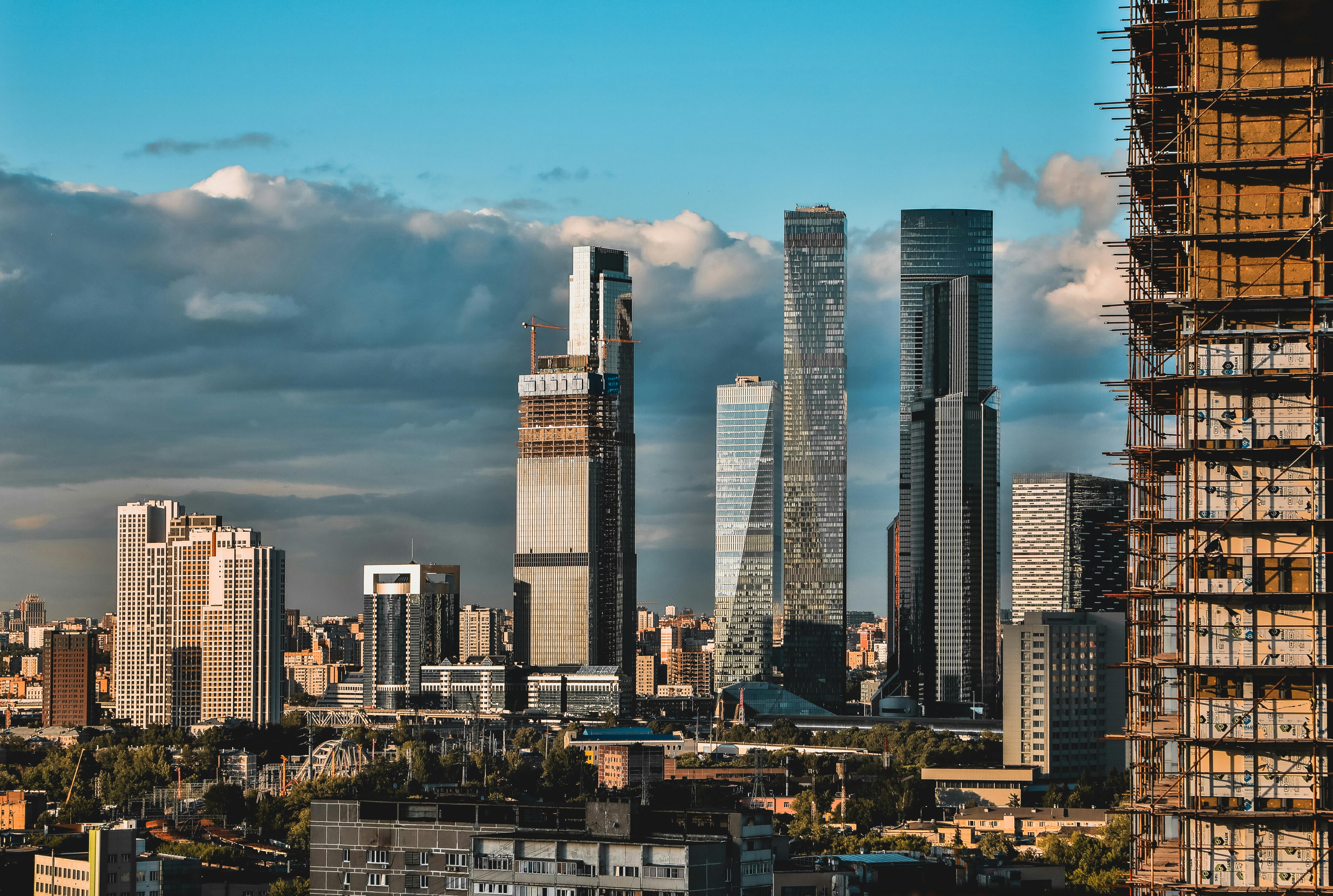As we near the end of 2024, the multifamily housing market stands at a pivotal moment. This year alone has seen a historic surge in construction, with over 520,000 new rental units anticipated to hit the market by December. Even more striking, an additional 900,000 units are in various stages of development—the most significant construction boom in multifamily housing in the last 50 years. These numbers follow 2023’s record-breaking 438,500 new units, which marked the highest annual increase since 1987.
But what does this mean for investors, developers, and tenants? Is the multifamily market bracing for a downturn, or has it already weathered the storm?
Developers Are Getting Creative to Stay Competitive
The influx of new apartments has created fierce competition among landlords, pushing them to innovate to attract tenants. Developers are offering everything from enhanced amenities and rent concessions to flexible lease terms. These efforts aim to stabilize occupancy rates amidst a market flush with options for renters.
However, the overwhelming supply has also resulted in higher vacancy rates in certain regions, particularly those experiencing rapid growth, like the Sunbelt. Yet, there’s light at the end of the tunnel.
A Brighter Outlook for 2025
According to CoStar data, a shift is already underway. Vacancies began to decline during the third quarter of 2024, signaling a possible turning point. With the pace of new construction expected to slow in 2025, absorption rates are predicted to rise as existing units get filled. Assuming the economy remains steady, the multifamily market could regain stability sooner than anticipated.
Eric Bolton, CEO of Mid-America Apartment Communities, expressed optimism in an earnings call, stating, “The worst of the pressures on pricing from new supply are likely behind us.”
This sentiment aligns with a noticeable uptick in apartment building sales. Investors appear more confident, encouraged by stabilized rents, increased demand for rental housing, and more realistic pricing from sellers. For instance, Yardi Matrix data from August 2024 reveals that rent increases for lease renewals have leveled off to around 3.5%, a stark contrast to the double-digit hikes seen post-pandemic.

What Should Investors Keep in Mind for 2025?
For investors eyeing the multifamily sector, several factors will shape their strategies in 2025:
- Interest Rate Stability
Mortgage rates hovering between 6% and 7% could become the new normal. While Federal Reserve rate cuts may offer relief, it’s wise not to bank on significant decreases. - Seller Negotiability
With some markets struggling to absorb excess supply, sellers are showing greater willingness to negotiate prices. Investors should carefully evaluate the seller’s financial position and debt obligations to gauge potential discounts. - Focus on Long-Term Gains
Financing sensibly remains crucial, especially for properties with higher vacancies. Lenders may scrutinize these deals more closely, so having a robust business plan and realistic projections is key.
Final Thoughts
While the multifamily market has faced headwinds in recent years, signs point to a more balanced future. The market’s regional nature means there’s no one-size-fits-all solution—each property requires a tailored approach based on local conditions and cap rates.
For now, patience and strategic thinking are essential for anyone navigating this complex landscape. With the right timing and preparation, 2025 could be a year of opportunity for developers, investors, and landlords alike. The multifamily sector might just be entering a phase of stability and growth, leaving the turbulence of the past behind.
ARTICLES YOU MAY LIKE


